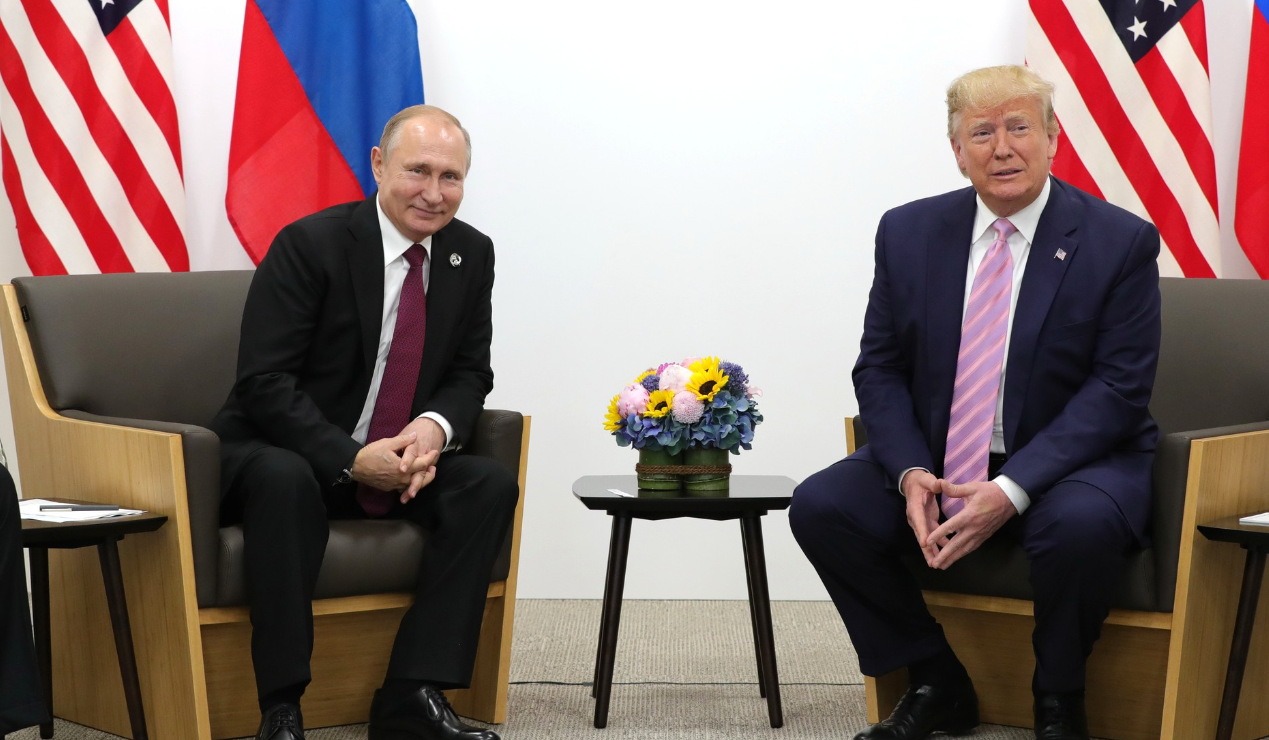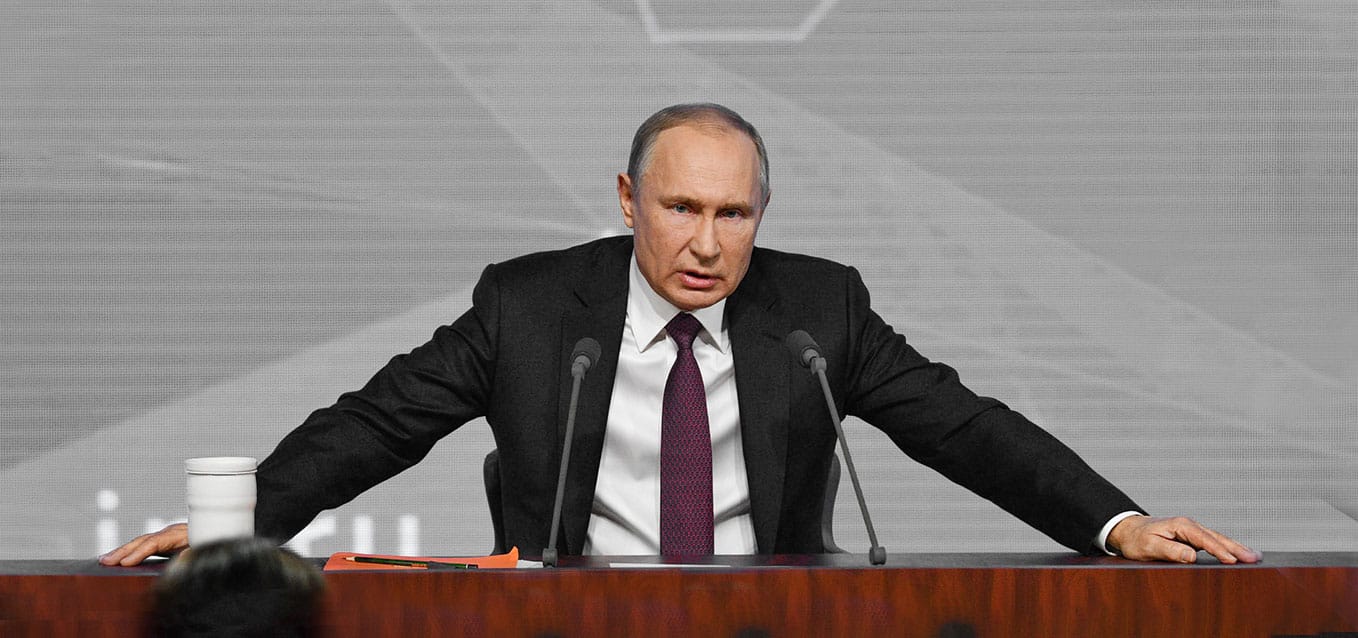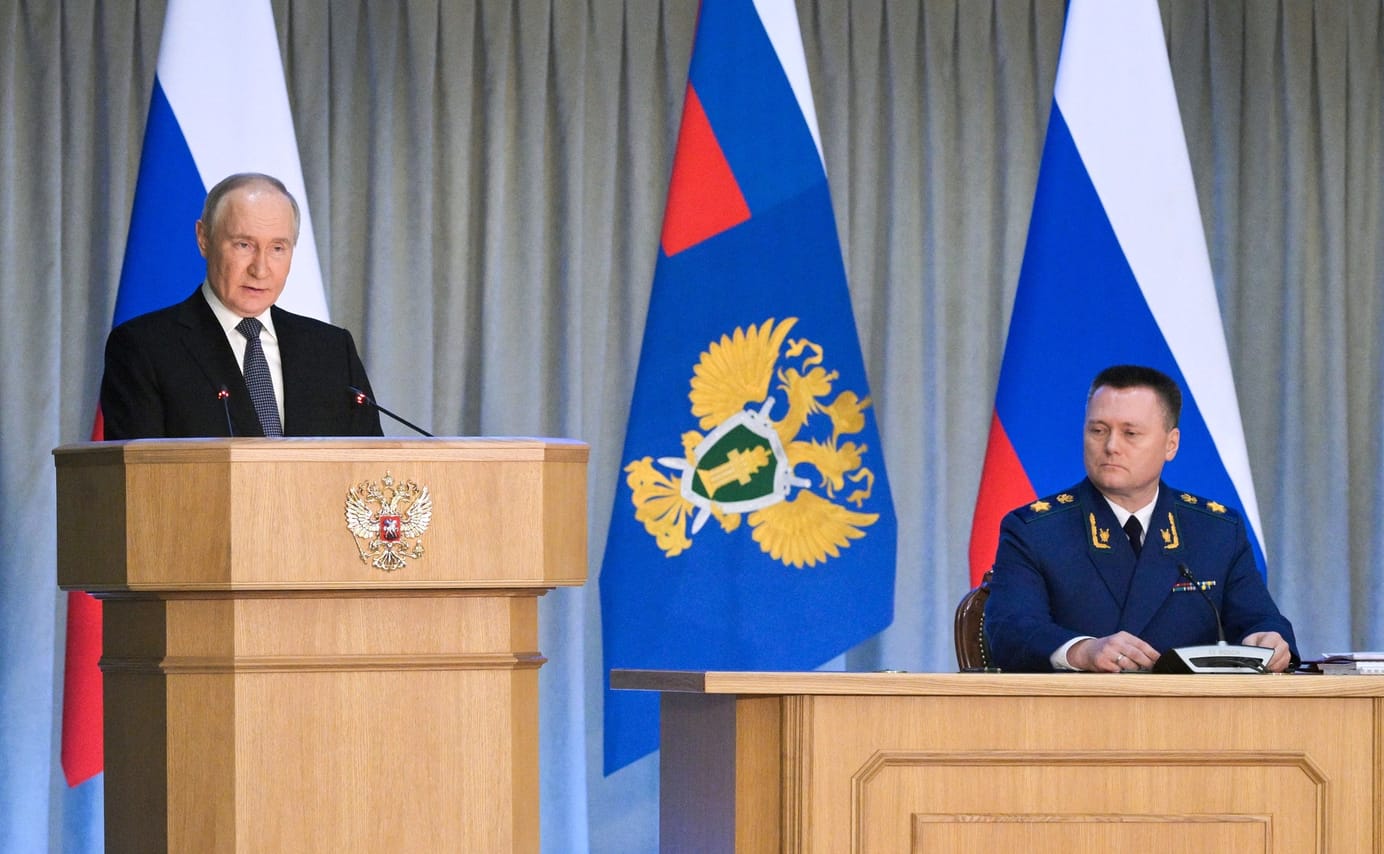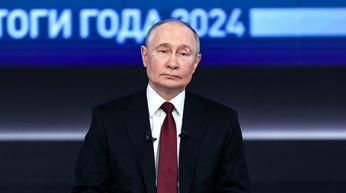
Markets are losing faith in the possibility of peace in Ukraine
Hello! Welcome to your weekly guide to the Russian economy — written by Alexander Kolyandr and Alexandra Prokopenko and brought to you by The Bell. This week our main story is a look at what the markets think about the chances of the U.S. and Russia reaching a deal to stop the fighting in Ukraine. We also look at changes being made to Moscow’s use of its National Wealth Fund.
Investors waver on bets that war in Ukraine about to end
While politicians debate a possible United States-Russia agreement to end the war in Ukraine, investors are trying to profit from the sharp volte-face in U.S. policy under President Donald Trump. Until last week, the sentiment was one of unbridled optimism. But Trump’s increasingly harsh criticism of Kyiv has fueled doubts that a deal can be reached. Maybe the markets are a better indicator of the way talks are heading than pundits?
The ‘peace’ trade
The first signs that traders were betting on a thawing of relations between Washington and Moscow emerged in November after Trump’s election win. And it gained further traction after Trump’s inauguration, and the start of dialog between the U.S. and Russia.Investments in Ukrainian securities have grown significantly:
- The Warsaw Stock Exchange’s WIG-Ukraine index, which represents a handful of Ukrainian companies, mostly agricultural, is up two-thirds this month.
- Ukrainian mining company Ferrexpo was up by a third in London (although these gains have since been wiped out by Kyiv’s nationalization plans).
- Ukrainian special government bonds (warrants) have gained more than 20 cents on the U.S. dollar since Trump was elected.
Increased investment activity relating to Russia:
- The ruble has strengthened: since the beginning of the year it’s up 13% against the U.S. dollar (making it the strongest-performing emerging market currency).
- Shares in aluminum giant Rusal, almost the only major Russian company still traded abroad, have risen over 150% since the U.S. presidential election.
- Inside Russia, the Moscow Exchange is up 20%. At the moment, it’s almost impossible for foreigners to invest in Russian assets directly since most companies, government debt and the Moscow Exchange itself are under Western sanctions. Russian assets held by Western investors since before the full-scale invasion are locked in Russia – they cannot be sold, nor can dividends be withdrawn - but these are nonetheless nominally increasing in value.
It is unlikely that anyone anticipates the imminent lifting of Western sanctions on Russia, but if a peace deal emerges this would move from “improbable” to “remote possibility.”
The upswing is not only affecting investment opportunities in the two warring countries. A good indicator of the sentiment in respect of Russia and Ukraine are the value of shares in Raiffeisen International, an international bank present in both countries. Since the U.S. presidential election, Raiffeisen’s value has risen more than a third.
In anticipation of some kind of peace deal, which should lead to the rebuilding of war-ravaged eastern Ukraine, money has been pouring into the shares of European construction companies, as well as Western companies seen as likely to return to the Russian market. European defense companies, especially those associated with production for Ukraine (such as Germany Rheinmetall and France’s Thales) have also seen their share prices tick upward.
Market wobbles
Events this week, however, have cast a pall over expectations that it will be possible to achieve peace in Ukraine. In particular, statements by Trump - including his post in which he called Ukrainian President Volodymyr Zelensky a dictator.
As a result of rising pessimism, Ukrainian bonds this week lost a third of their recent growth. The share prices of Raiffeisen International and European construction companies also dipped.
Calls from Trump and billionaire Elon Musk for Zelenskyy’s immediate departure and presidential elections in Ukraine, coupled with their efforts to blame Ukraine for starting the war have spooking the market. These are interpreted as evidence that agreement is still a long way off, and that Trump is reverting to angry rhetoric to cover up a lack of progress. The U.S. president may also be trying to make Ukraine the scapegoat for his failure.
Why the world should care
As often happens, market sentiment reflects not only expectations, but also unofficial information that does not get reported by the news agencies. Judging by recent price dynamics, belief is fading that a U.S.-Russia deal can achieve peace in Ukraine.
Russia’s National Welfare Fund opts for greater caution
Russia appears to be planning to take a more cautious approach to spending its reserves, according to reporting this week in Russian media. This year, the government will spend only 700 billion rubles ($7.9 billion) from its rainy day National Welfare Fund (NWF) on investment, compared with 1.1 trillion rubles in 2024. In addition, about 600 billion rubles from the fund will be used to co-finance pension savings.
- Last month saw yet another fall in the NWF’s liquid assets, according to Finance Ministry data. They were down from 3.81 trillion rubles to 3.75 trillion rubles. The overall value of the fund is currently 11.95 trillion rubles – 5.6% of GDP in 2025.
- Out of 2.4 trillion rubles spent from the NWF last year, 1.1 trillion rubles was spent on infrastructure projects (in particular, an enormous gas processing plant in Ust Luga) and 1.3 trillion rubles went on covering the budget deficit.
- This year, the government has decided to return to the practice of placing NWF funds into subordinated deposits in banks to fund major projects. Above all, this concerns the construction of the Moscow-St. Petersburg high-speed railway, which is set to need 300 billion rubles in state financing. According to the Finance Ministry, NWF cash should not be placed in banks for any more than 25 years, and banks will be required to file quarterly reports on project financing.
- The NWF placed 893 billion rubles in development bank VEB.RF on January 1, as well as 38.4 billion in state-owned Gazprombank. The deputy head of state-owned bank VTB, Dmitry Pyanov, said that his bank was expecting to receive a subordinated deposit from the NWF to build the Moscow-Petersburg rail link.
Why the world should care
The banks’ desire to take on subordinated debt suggests they are in no hurry to lend. Instead, they are looking carefully at the sort of returns they can make from investment projects. The authorities can finance new projects by topping up the NWF, and maintaining its liquid assets for as long as possible. But this requires additional oil revenues, and an end to the emergency practice of using the NWF to bridge the budget deficit.
Figures of the week
Between Feb. 11 and Feb. 17 weekly inflation in Russia slowed from 0.23% to 0.17%. Annual inflation went up from 9.99% to 10%.
In January, the U.S. dollar was used for more than 50% of international settlements via SWIFT for the first time since mid 2023, when the Society for Worldwide Interbank Financial Telecommunications began publishing a breakdown of settlements by major currencies, news agency Bloomberg reported. Other data from the report included: overall global payments were up 1.1% compared with December; the proportion involving the U.S. dollar was up from 49.12% to 50.17%, the euro from 21.74% to 21.98%; the pound was used in 6.91% of transactions, down from 6.94%; the Chinese yuan saw its share almost unchanged at 3.79% compared with 3.75% the previous month.





